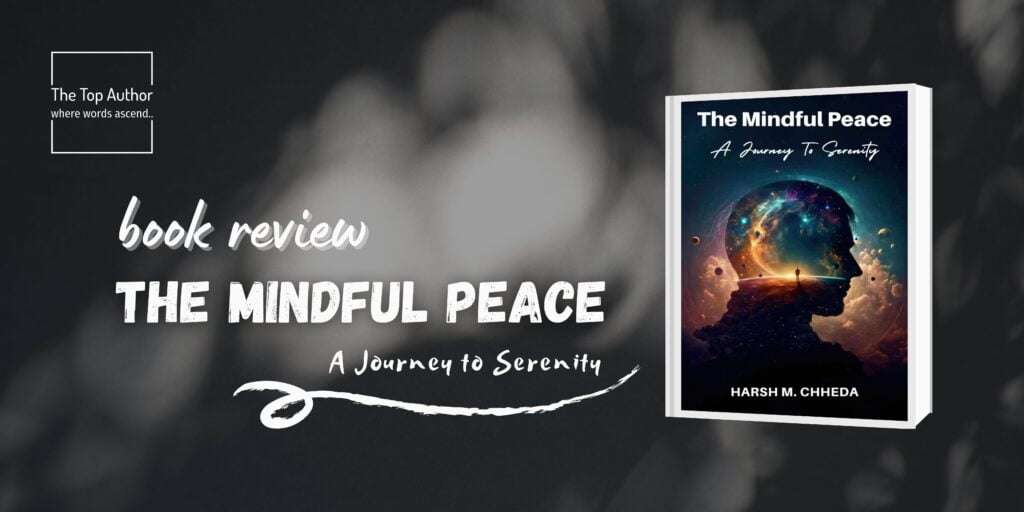In the enchanting realm of literature, the crazy habits and routines of authors have often been as intriguing as the worlds they create within their pages. From peculiar rituals to downright eccentric behaviors, these crazy habits of top authors have become legendary anecdotes.
Let’s unravel the curious and sometimes bizarre routines of literary giants, shedding light on the peculiarities that fueled their creativity. Prepare to be amazed as we dive into the unconventional crazy habits and rituals that have shaped the creative processes of these literary giants.
Charles Dickens
The Midnight Stroller Renowned for his timeless classics like “A Tale of Two Cities” and “Great Expectations,” Charles Dickens had a nocturnal writing routine. Dickens would take long, solitary walks through the gas-lit streets of London at midnight. It is said that these nighttime strolls allowed him to gather inspiration and develop plot ideas, contributing to his vivid depictions of Victorian society.
Franz Kafka
The Early Riser In stark contrast to Dickens, Franz Kafka was an early riser. Famous for works like “The Metamorphosis” and “The Trial,” Kafka would wake up at 5 a.m. and begin writing until noon. However, his daytime job at the Workers Accident Insurance Institute often left him exhausted, prompting him to take frequent afternoon naps to replenish his creative energy.
Haruki Murakami
The Night Owl Modern-day literary sensation Haruki Murakami has a penchant for the night. Known for his surreal and dreamlike novels such as “Norwegian Wood” and “Kafka on the Shore,” Murakami is a committed night owl. He spends his evenings writing, often beginning after midnight and continuing until the early morning hours, claiming that the world is quieter and more conducive to creativity during these nocturnal sessions.

Aspiring to be a Self-Published Author? Check this comprehensive guide to publish on Amazon Kindle Publishing
Truman Capote
The Horizontal Writer Truman Capote, the mastermind behind “Breakfast at Tiffany’s” and “In Cold Blood,” had a rather unconventional approach to writing. Capote preferred to write lying down, with a glass of sherry and a cigarette within reach. He believed that lying down helped him think more clearly, allowing him to craft his literary masterpieces with utmost precision.
Agatha Christie
The Bathtub Plotter The Queen of Mystery, Agatha Christie, had a unique writing ritual that involved plotting her intricate murder mysteries in the bathtub. She claimed that the warm water helped her relax and allowed her mind to wander through the labyrinth of clues and suspects. Some of her most famous works, including “Murder on the Orient Express,” were conceived during her time in the tub.
J.K. Rowling
The Café Conjurer The magical world of Harry Potter was brought to life in the most ordinary of places – a café. J.K. Rowling, before achieving worldwide fame, wrote the initial chapters of her iconic series in various coffee shops. Struggling with financial hardships, she found solace in the buzzing atmosphere of cafés, creating a world that would capture the imaginations of millions.
Ernest Hemingway
The Standing Scribe Ernest Hemingway, known for his terse and impactful writing style in classics like “The Old Man and the Sea” and “For Whom the Bell Tolls,” preferred to write while standing. His custom-made standing desk allowed him to maintain focus and energy, ensuring that his prose remained concise and powerful.
Virginia Woolf
The Stream-of-Consciousness Walker Virginia Woolf, a pioneer of the stream-of-consciousness technique in novels like “Mrs. Dalloway” and “To the Lighthouse,” was an avid walker. She believed that physical activity and the rhythm of walking stimulated her mind and helped her organize her thoughts. Many of her greatest ideas were conceived during these strolls.
Jack Kerouac
The Marathon Typist The beatnik author of “On the Road,” Jack Kerouac, had an intense and frenetic approach to writing. Fueled by copious amounts of coffee, Kerouac would embark on writing binges that lasted for days. His unconventional, spontaneous writing style mirrored the energy and chaos of his marathon typing sessions.
Mark Twain
The Nightshirt Philosopher Mark Twain, the humorist behind “The Adventures of Tom Sawyer” and “Adventures of Huckleberry Finn,” had a penchant for donning a white nightshirt while writing. Twain claimed that the loose and comfortable garment allowed him the freedom to think more creatively. He would write in bed, propped up by pillows, creating some of the most enduring characters in American literature.
Conclusion
The eccentric habits of top authors unveil a fascinating aspect of the creative process. From midnight strolls to bathtub plotting, each author’s unique routine offers insights into the diverse ways literary geniuses have cultivated their craft. While these habits may seem unusual, they undeniably contributed to the creation of timeless masterpieces that continue to captivate readers across the globe. Aspiring writers may find inspiration in these quirks, realizing that creativity knows no bounds, and the path to literary greatness is as diverse as the stories themselves.








